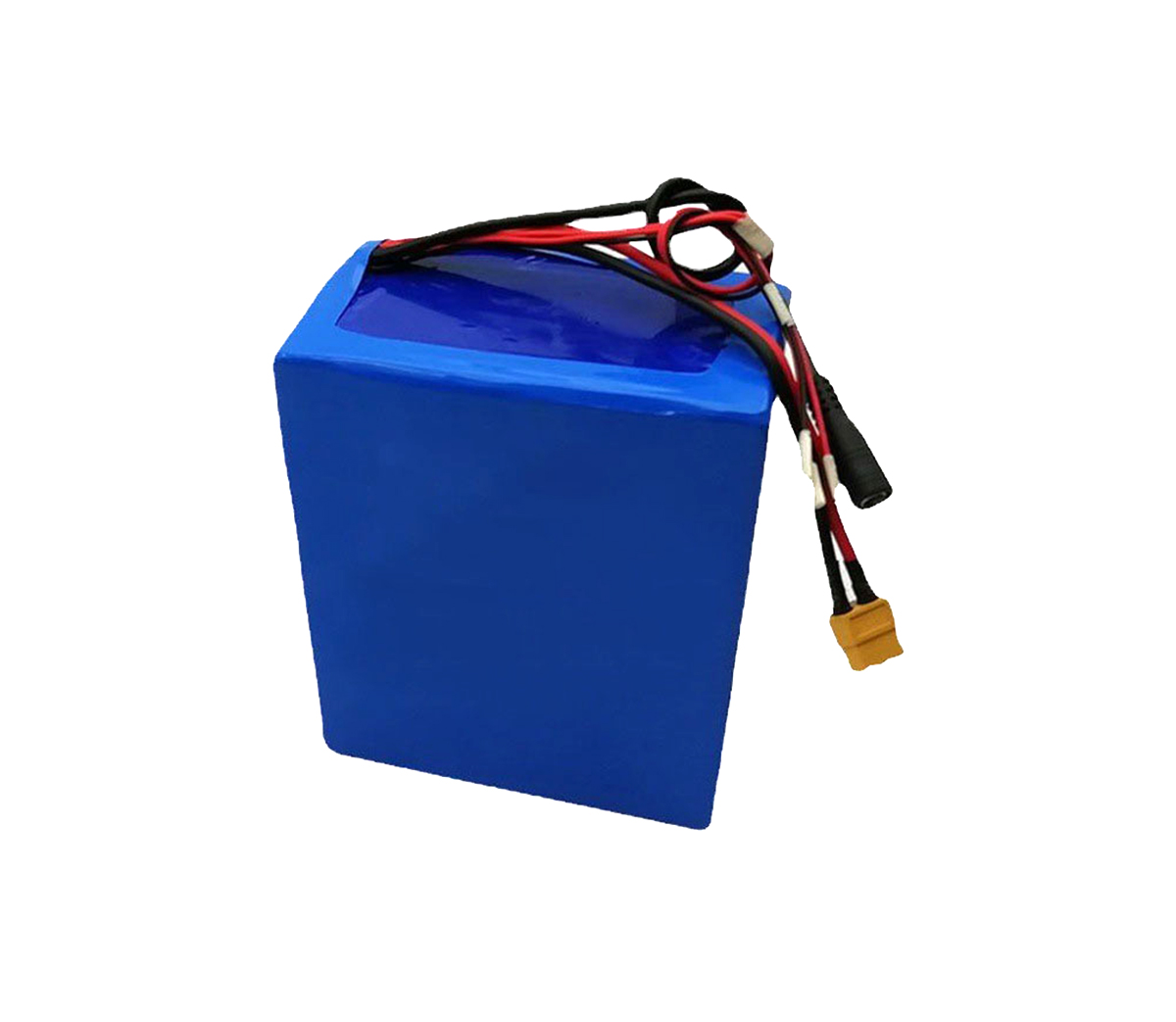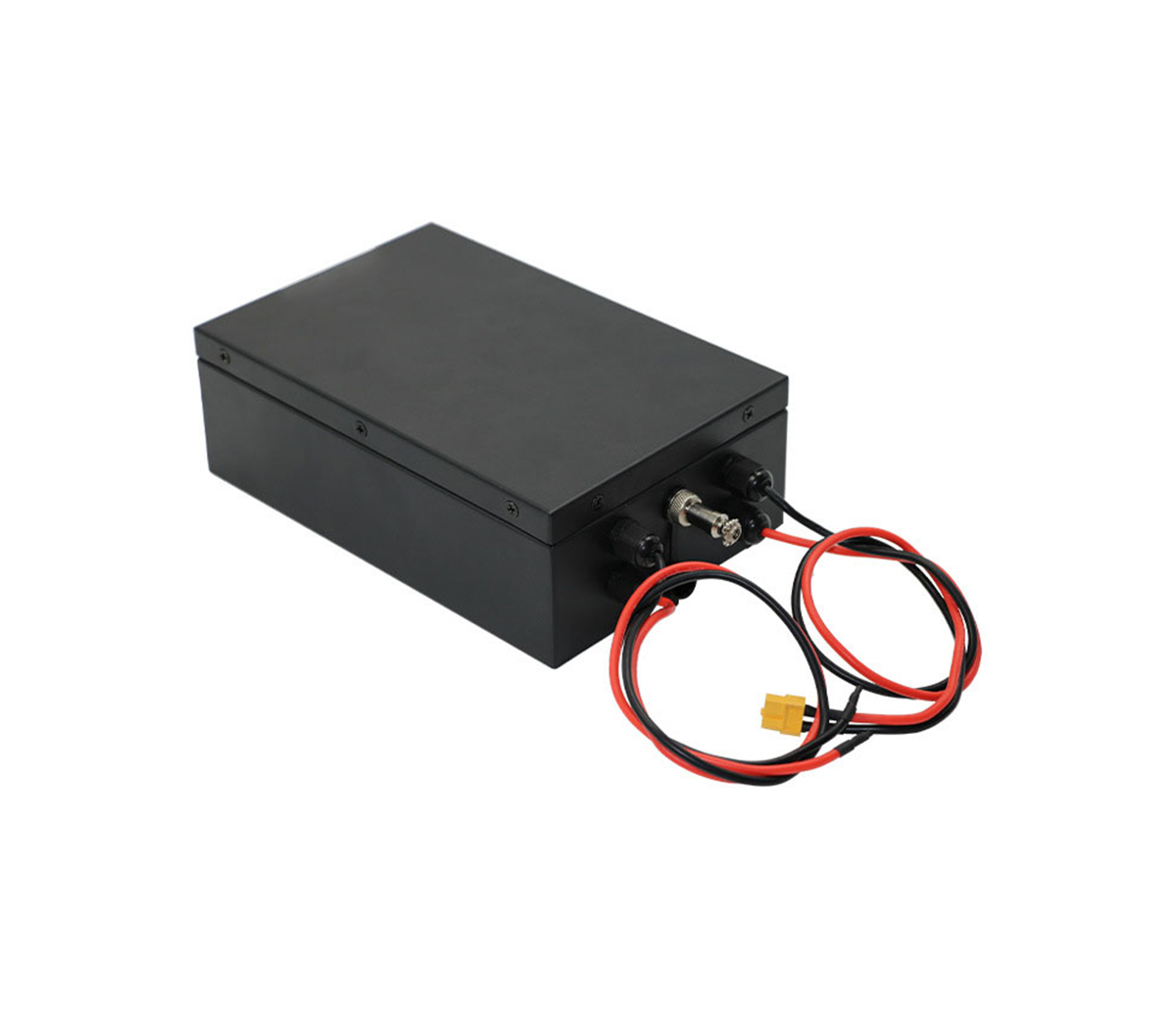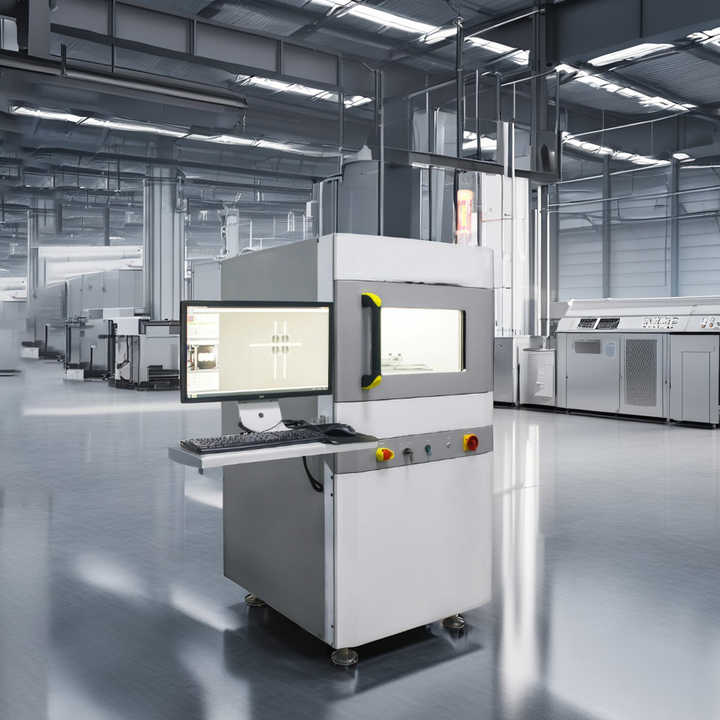
Nowadays, the technology of mobile phones is developing rapidly. In
addition to the continuous updating of the hardware functions of the mobile
phone itself, the charging step has also been paid more and more attention by
developers. As mentioned in the above question, fast charging technology has
been on the market since 2014. , The major mobile phone brands have used fast
charging as a highlight for publicity.
What is fast charge?
Quick charge is the abbreviation of fast charge. Generally, it can shorten
the charging time by half or more, but it can only be applied in the field of
mobile phones.
First, briefly introduce the three stages of charging the lithium battery
of mobile phones, namely: constant current precharge, high current constant
current charging and constant voltage charging. The standard for the three-stage
conversion is the battery voltage.
Constant current pre-charging can be regarded as a protective measure, in
order to allow the over-discharged lithium battery to slowly recover, as a
buffer for the next stage of high-current charging. When the battery voltage is
higher than 3.0V, it enters high-current constant-current charging, and the
charging current is appropriately increased. The size of different battery
currents fluctuates from 0.1C to several C. At this stage, the national
recommended standard is to use 0.1C current for charging (C refers to the
battery capacity), and the benefits of standard charging are naturally safe and
stable. But the disadvantage is that the time is too long, just like the mobile
phone charging in the past, it usually takes five or six hours or even seven or
eight hours. And fast charging is to use a current greater than 0.1C at this
stage. Generally, the fast charging current is 0.2C~0.8C. In fact, this number
is not high for today's technology, so fast charging is still safe. When the
voltage rises to 4.2V, the charging enters the last stage-constant voltage
charging. At this time, the voltage is constant, and the current is getting
smaller and smaller until it is fully charged.
What are the characteristics of Qualcomm’s QC2.0, MTK’s PE, and VOOC?
The core of Qualcomm's QC2.0 technology is to reduce the charging current
by increasing the charging voltage, and then reduce the power consumption of the
charging circuit, that is, the idea of reducing consumption. It requires a
corresponding step-down and decompression circuit on the side of the mobile
phone. The biggest advantage of QC2.0 is that it has good technical
compatibility and inheritance. The external interfaces are all universal USB
standards, so users do not need to purchase the required charging cable
separately. This practicality coincides with Xiaomi mobile phones. When the
QC2.0 charger is used to charge mobile phones without fast charging function, it
can still be charged in ordinary ways, which is equivalent to killing two birds
with one stone. The disadvantage is that the circuit on the side of the mobile
phone will generate more heat and the speed is relatively slow.
The PumpExpressPlus launched by MediaTek this year can bypass the charging
circuit inside the phone and reach the battery directly, thereby preventing the
phone from getting hot during charging. More than 20 safety-related equipment
protection mechanisms are also built-in, such as preventing equipment and
chargers from overheating. Its technical feature is to allow the charger to
determine the initial charging voltage based on the current. However, for users,
the performance of Meizu MX5 can also prove that the biggest feature of MTK's
PEP is to reduce the heat of mobile phones and batteries.
OPPO’s VOOC technology is characterized by adjustments to all aspects of
charging and five layers of safety protection. OPPO has applied for a patent for
its flashing technology. There are two main points. One is that when the battery
power of the mobile phone is low, it uses a larger current to charge. The
voltage is gradually saved, and the current is gradually reduced. It can be
understood as segmented charging to avoid long-term high current charging to
make the mobile phone battery hot. The second point is the multi-line setting of
the charging cable and the battery. The general charging cable is 4 or 5 pins,
and the VOOC is 7 pins. Naturally, the number of battery contacts has increased
to 8 to reduce the line load. Another major feature is fast charging. Its
shortcoming is obvious, that is, it is difficult to be compatible with other
Android phones, whether it is an adapter, charging cable, battery or phone side
circuit, it is its own technology. This will obviously affect the user
experience.
The charging speed of these three technologies is roughly:
VOOC>PEP>QC2.0
Will fast charging technology affect battery life?
This item is probably the most concerned issue for the majority of users.
No matter how much the developer introduces, users are still most concerned
about the impact on their mobile phones, especially the battery life. The mobile
phone I am using is equipped with QC2.0, so I am very concerned about this
issue.
First of all, let’s put the conclusion that the current fast charging
technology has an impact on battery life, but don’t worry too much, because you
may not use the battery life until the end of the mobile phone...
Then let’s analyze why, the vast majority of mobile phone batteries on the
market are still lithium batteries. Today’s fast charging technology, whether
it’s QC2.0, PEP or VOOC, cannot completely avoid heat generation during
charging. The difference is only slight or serious. For lithium batteries,
working at high temperatures is not only normal charging and discharging, but
also It is bound to be accompanied by some side reactions, such as electrolyte
decomposition, deposits on the electrode, and so on. These have big and small
impacts on battery life. The maximum capacity of the battery and the display of
battery power will be affected as a result of these side reactions. As for the
size of the impact, it naturally varies with the degree of fever.
However, the safety of fast charging technology can be guaranteed. First,
as mentioned at the beginning, the current level is not very high compared to
technology. Even the interior of the battery is adjusted accordingly to adapt to
the larger current, and different protection measures will be set to ensure
safety, so this can be assured. Of course, the premise is that the user normally
uses the original charger and battery.



































